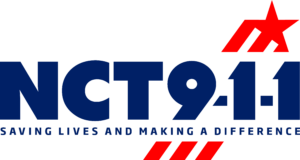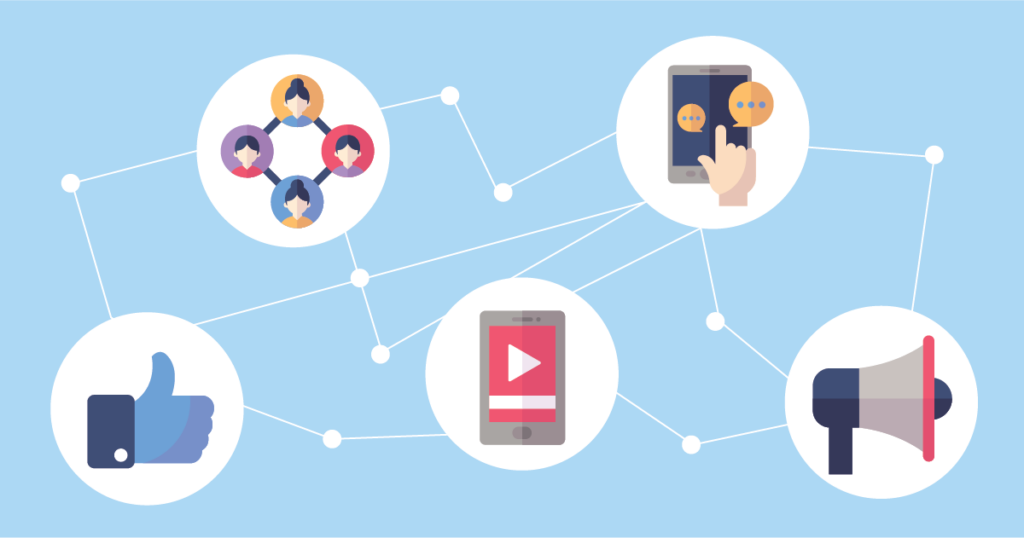A few weeks ago, we wrote about the history of 911 innovation and the phases the industry has gone through to accommodate new technologies. As an early adopter, the North Central Texas Emergency Communications District is at the forefront of innovative development. We push for the type of technology that improves the day-to-day tasks of 911 telecommunicators and is beneficial to our public. Here are some of the projects that we have our eye on.
We’re Going Vertical
During my first year at NCT9-1-1, a co-worker told me the story of a time when they received an open line 911 call but were unable to locate the caller. They eventually identified the apartment complex the call was in but couldn’t figure out what the unit number was. The 911 call taker instructed the firefighters to run up and down the stairwells and hallways shouting as loud as they could, and she was able to identify the caller’s location by listening for them on the other end. They found the caller, who was experiencing a medical emergency and couldn’t speak, and got them the medical assistance they needed.
This is the story I think of when I talk about z-axis. Currently, 911 maps are able to identify the y and x-axis points and use GIS data to present an approximate location of the caller. But this is 2D information. If a caller is in a multi-floor building, like an office or apartment complex, the 911 call taker won’t be able to tell which floor they are on. The Federal Communications Commission recently released a mandate that requires z-axis information with an accuracy of 3 meters to be available to 911 telecommunicators for 80% of calls.
The NCT9-1-1 GIS team were already thinking about the future of 3D mapping before this mandate came out. They’ve been collecting the necessary data to build 3D models of critical infrastructure, which includes places like schools or government buildings.
Let’s Get Social
During disasters that see a high amount of 911 traffic, it’s difficult to ensure all the calls get through. During Hurricane Harvey, local Public Safety Answering Points (PSAPs or 911 call centers) noticed a high amount of calls for help through a different service: their social media platforms.
Since social media accounts aren’t typically monitored on a 24-hour basis by first responders, this created a buzz in the industry. How can PSAPs keep track of social media when they’re already overwhelmed with 911 calls?
NCT9-1-1 has partnered with university researchers to find out. Research has been done or is being written on what would be required to make social media a useful tool to 911 telecommunicators and not an additional burden. Questions like how to filter out true calls for help from spam or noise, what technology to use to present this information on consoles, and what kind of standard operating procedures and policies would need to be deployed are already being asked.
Don’t Forget About the People
Technology is important, and innovative technology gets us excited about the future, but NCT9-1-1 believes in staying grounded on our purpose: saving lives and making a difference. That means we can’t just innovate for innovation’s sake. We have to provide useful tools to 911 telecommunicators and life-saving technologies to our public.
Our director, Christy Williams, believes in a people-first approach to innovation. Remembering the actual human beings who will be using this technology should be the foundation of every project. Change is difficult, especially if your job is to save lives. We don’t believe in adding new technology just because it’s cool and flashy. There is a careful process to make sure any new technology that is invested in and implemented is useful. By focusing on the 911 telecommunicators needs, we ensure that changes will make a difference in saving lives.

